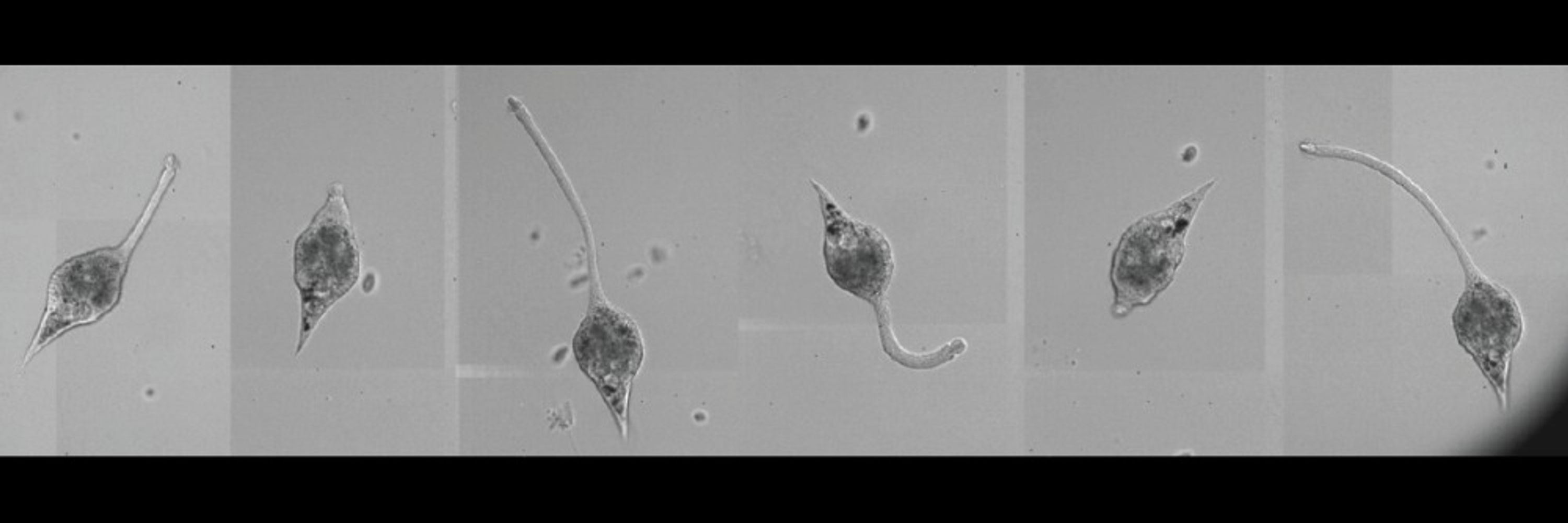
Eliott Flaum
@eliottflaum.bsky.social
EIPOD Postdoctoral Fellow at EMBL in Dey, Vincent and Erzberger Groups | Former Biophysics PhD Student at Stanford University in the Prakash Lab
Our paper is out! Take a look if you’re curious to see how we use expansion microscopy on diatoms ☺️ Very excited to keep using this!!
And it’s a double feature, as shown by @gautamdey.bsky.social ial & @floravincent.bsky.social for the sturdy #Diatoms! Also out today in @currentbiology.bsky.social 🌊
www.cell.com/current-biol...
www.cell.com/current-biol...

Diatom ultrastructural diversity across controlled and natural environments
Flori et al. establish high-resolution and generalizable immunofluorescence in cultured
and environmental diatoms, thanks to 4-fold cryo-expansion microscopy. This represents
a step-change for compara...
www.cell.com
October 31, 2025 at 3:22 PM
Our paper is out! Take a look if you’re curious to see how we use expansion microscopy on diatoms ☺️ Very excited to keep using this!!
Reposted by Eliott Flaum
Centromere evolution isn't a sudden switch!
Our study shows centromere transitions are a step-by-step process driven by a combination of drift and selection. Discover how the kinetochore interface shapes this gradual change in our new preprint 🥳 doi.org/10.1101/2025.01.16.633479 🧵(1/8)
Our study shows centromere transitions are a step-by-step process driven by a combination of drift and selection. Discover how the kinetochore interface shapes this gradual change in our new preprint 🥳 doi.org/10.1101/2025.01.16.633479 🧵(1/8)
January 17, 2025 at 11:17 AM
Centromere evolution isn't a sudden switch!
Our study shows centromere transitions are a step-by-step process driven by a combination of drift and selection. Discover how the kinetochore interface shapes this gradual change in our new preprint 🥳 doi.org/10.1101/2025.01.16.633479 🧵(1/8)
Our study shows centromere transitions are a step-by-step process driven by a combination of drift and selection. Discover how the kinetochore interface shapes this gradual change in our new preprint 🥳 doi.org/10.1101/2025.01.16.633479 🧵(1/8)

